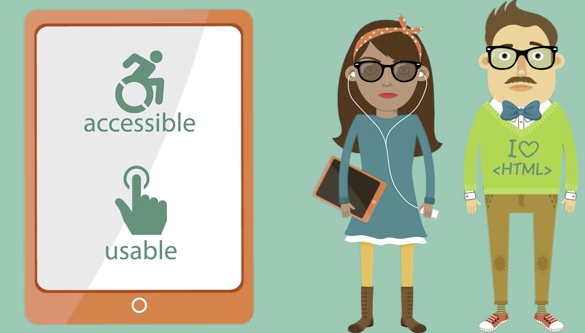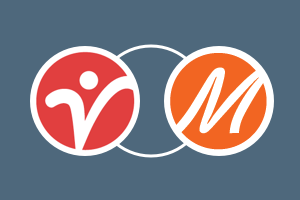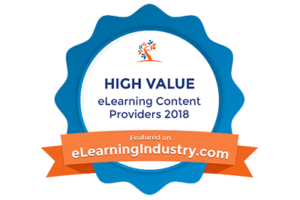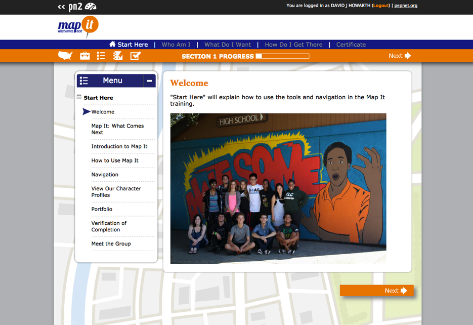Companies
Accessibility: Is your project Section 508 compliant?

By David Bush, Phil Jackson, and Nicki Nelson
Monarch Media
Accessibility: Make sure your online training is Section 508 compliant
With 20 percent of adults reporting some form of disability, making your digital learning content accessible is good business sense. In many cases, it’s also required by law.
Section 508 of the Americans with Disabilities Act (ADA) requires that accessibility standards be met for electronic and digital content produced by organizations that receive funding or revenues from the federal government. In practice, meeting these requirements requires a knowledge of the standards and technologies available to make your content accessible.
Toolkit of best practices
When it comes to eLearning, Monarch Media has developed a toolkit of best practices and software applications to help ensure your courses and resources meet Section 508 requirements, as well as make your content as accessible as possible for learners with a range of disabilities.
What will you learn from the video ?
To help our clients understand Section 508 compliance issues, Monarch Media has put together an interactive video (below) to introduce you to the standards and best practices.
You’ll learn:
- Concepts and critical requirements for being Section 508 compliant
- Tips on how to make your eLearning both accessible and usable, such as ensuring you include instructions to help users find what they need
- Definitions of the terms associated with accessibility requirements
- A case study that brings everything together
Feel free to click the sections of the video that interest you most!
What is 508 Compliance?
Section 508 requires all Federal Electronic and Information Technology (EIT) developed, maintained, procured, and used to be accessible to federal employees and members of the public with disabilities.
Electronic and Information Technology includes:
- Animations and video products
- Websites (intranets), including access to multimedia elements and documents
- Audio narration, images, and other media
- Forms and other data entry elements
Types of disabilities covered include:
- Visual: blindness, low vision, color blindness
- Auditory: deafness, hard of hearing
- Motor: mobility impairments
- Cognitive: seizure disorders
Continue reading full article here: http://www.monarchmedia.com/enewsletter_2014-3/508.html
###
Tagged Monarch Media







